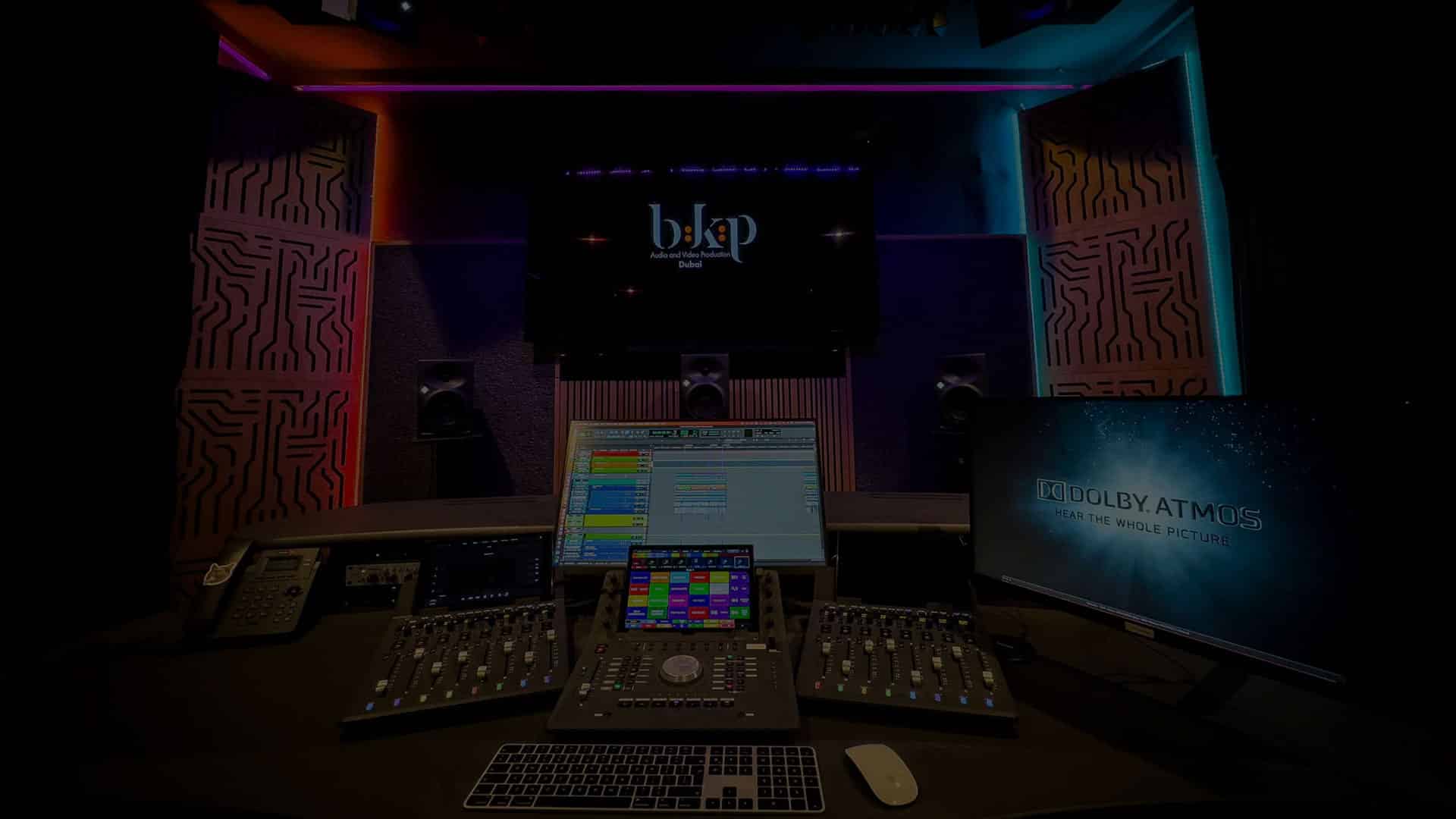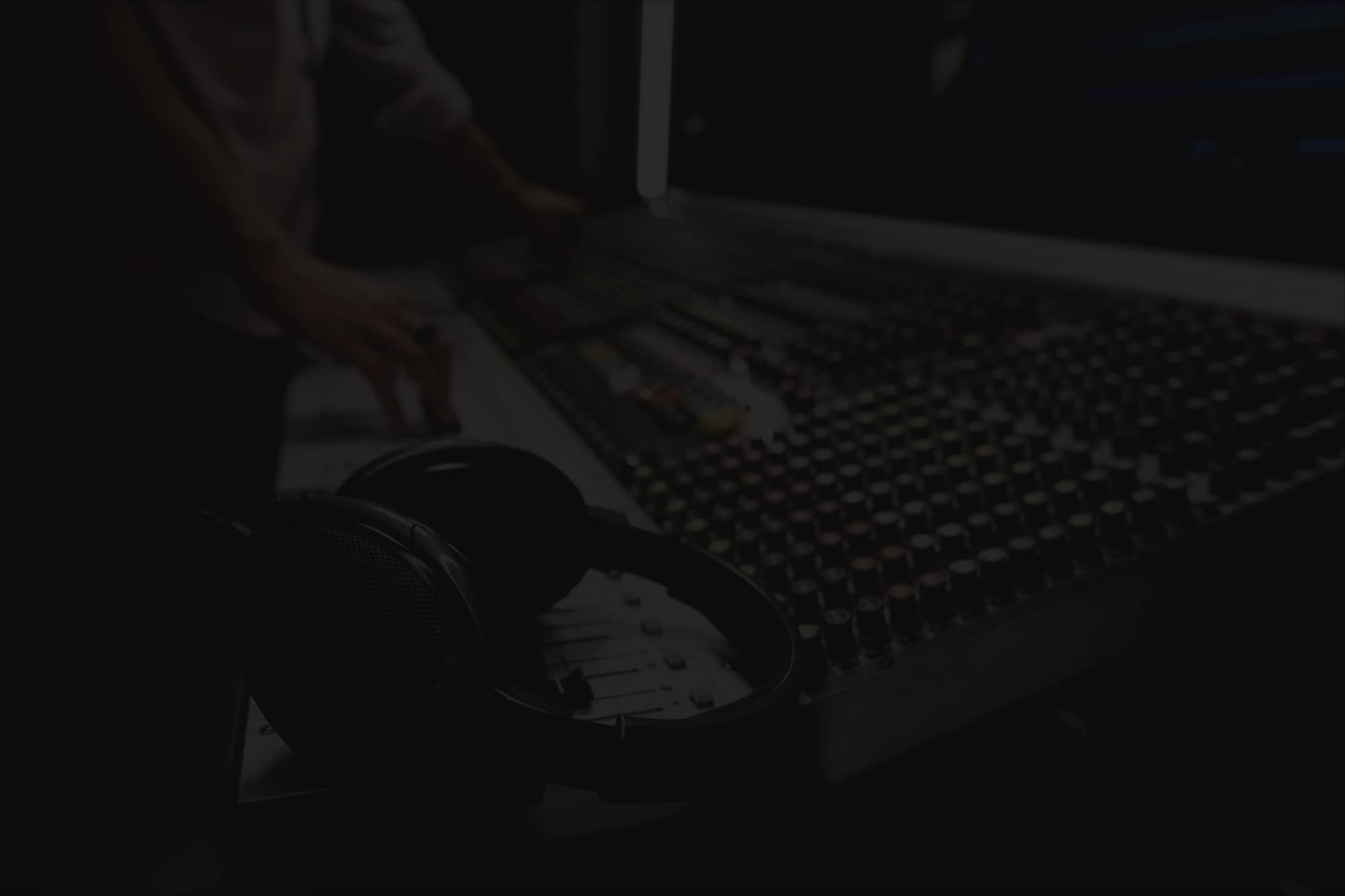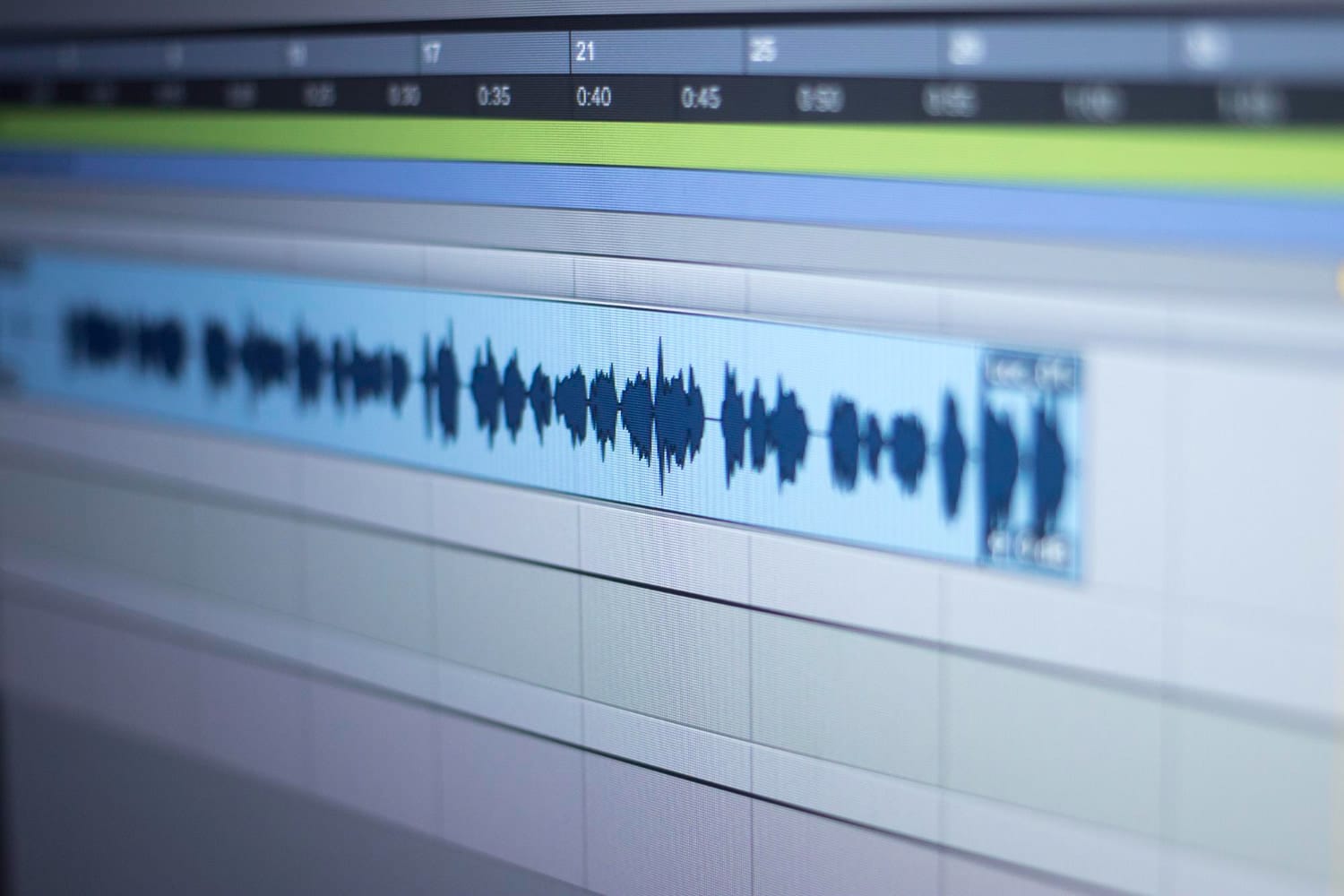
We create visuals that captivate and sound that inspires
Award-winning audio and video production that’s anything but ordinary
What We Do
We craft high-impact audio and video that demand attention. From original scores to full-scale film productions, we bring serious energy and creative fire to everything we do.
SERVICES
1500 Drone Show in Al Ula
We were thrilled to take on the challenge of creating a truly unforgettable experience for our client. They desired a soundtrack that embodied the grandeur of epic and cinematic music while incorporating elements of Saudi music to honor the local culture.
Abu Dhabi 360 Animation Sonic
In line with the client’s vision and mission, we developed a unique sonic brand that integrated elements of health, inclusivity, positivity, and the transformative power of sports.

















